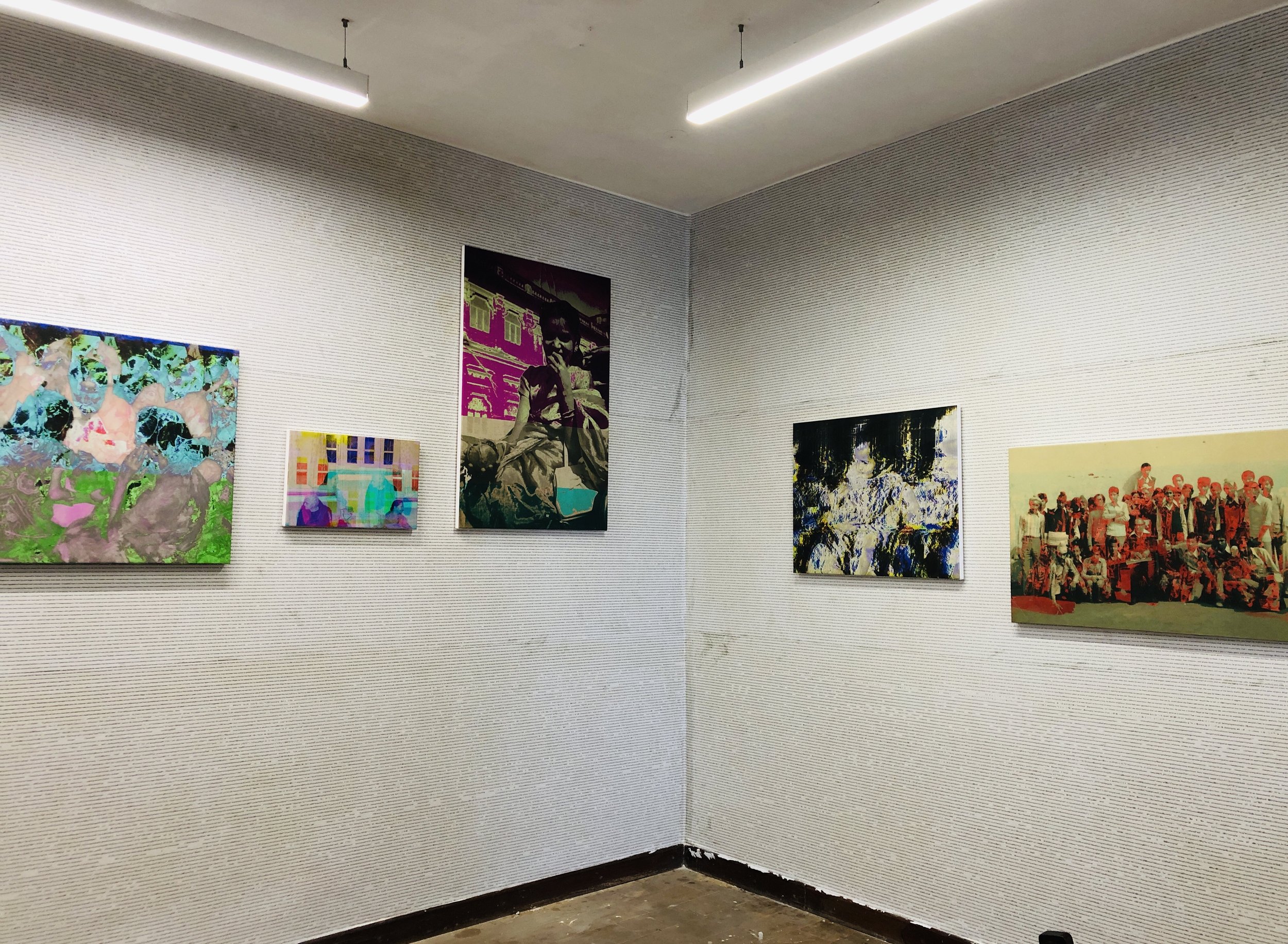WOUNDING
Glitch Art Prints with Code (2021)“Winner of New Media Award, Amitesh Grover creates a new work on memory and code” - FICA India
“Artist Amitesh Grover orchestrates an affective environment with body, memory, and data” - ASAP Art
“In this work, the artist presents brilliant hues of intentionally glitched, ‘wounded’ photographs” - HAKARA Journal
For this series of digital elaboration of images, I have reproduced photographs from my family archive by breaking the code that visualises them. I started by taking a set of vintage analog photographs from my family's collection, and scanned each image to preserve them. Each photograph depicts a member of his family who experienced the 1947 Partition of India, and was compelled to migrate to the ‘other side.' The photographs chosen for this series contain personal stories of the Partition, each an inheritance handed down to me through tellings and re-tellings.
The pixels of an image, when translated into the alphanumeric ASCII code, are a non-intelligible sequence of characters that contain all the information required to hold the image together. I write into this ASCII code the stories of my family members, and in doing so, introduce memories into the impersonality of image data. This conscious act of ‘interference’ corrupts the image data to produce glitches and cracks in the resulting image. Using techniques of data bending to shape the transformative process, the original photograph disappears to produce, in its place, images that are broken, damaged, wrecked. In forcing data to coexist with personal (and collective) memories, I make the injuries (re)appear in digital form. In the end, what emerges is not a photograph but an image that is itself wounded, carrying the bodies and stories of those partitioned from their land.
WOUNDING opened at Project_Space, Foundation for Indian Contemporary Art on 18 August 2021.
This online iteration of the show allows the audiences to revisit the display. The website hosts an interview and a walkthrough by me, and spotlights the more intimate aspects of the show as it unfolded at Project_Space at the FICA Reading Room. It is best viewed on a desktop.
Medium: Digital print on Daguerra Canvas, Code-book.
Acknowledgements: Family Elders (O.P. Mehta, Santosh Mehta, Madan Mohan Lal, Sushma Hardevi, Ved Kishan, Usha Mehta), Keepers of the family archive (Anita Grover, Rajesh Grover, Sadhna Mehta, Raman Mehta, and other members of the extended family), Sarah Mariam, Digital Image Studios (Delhi), FICA team, Shalini Passi Art Foundation.















